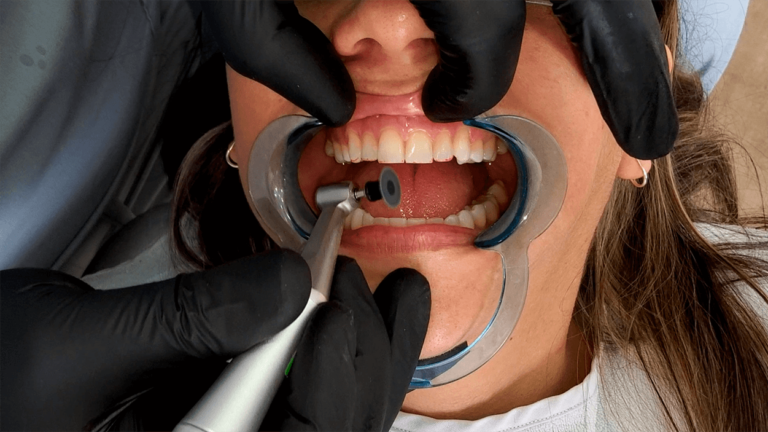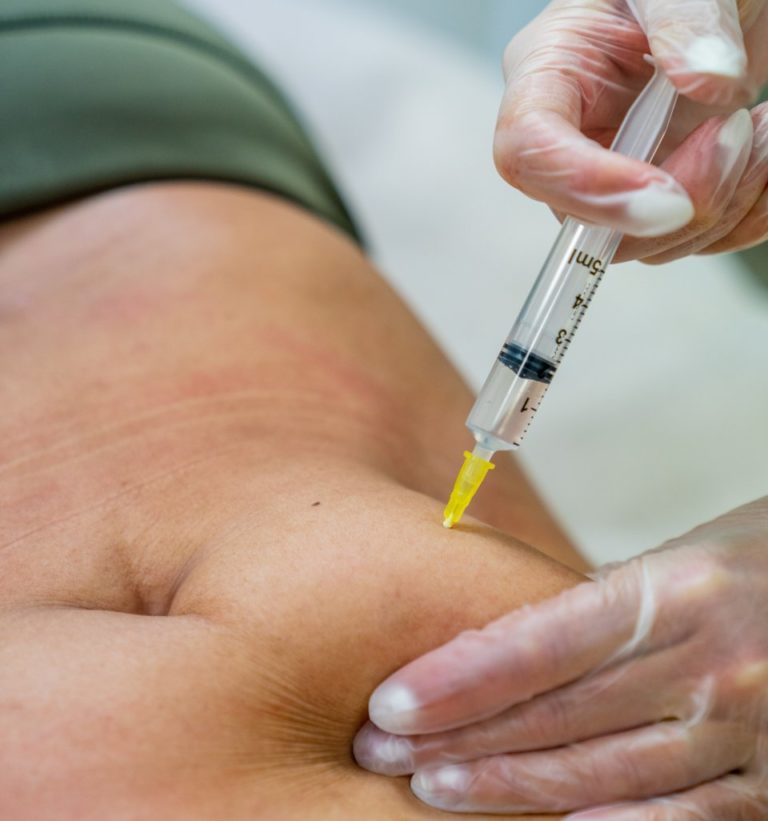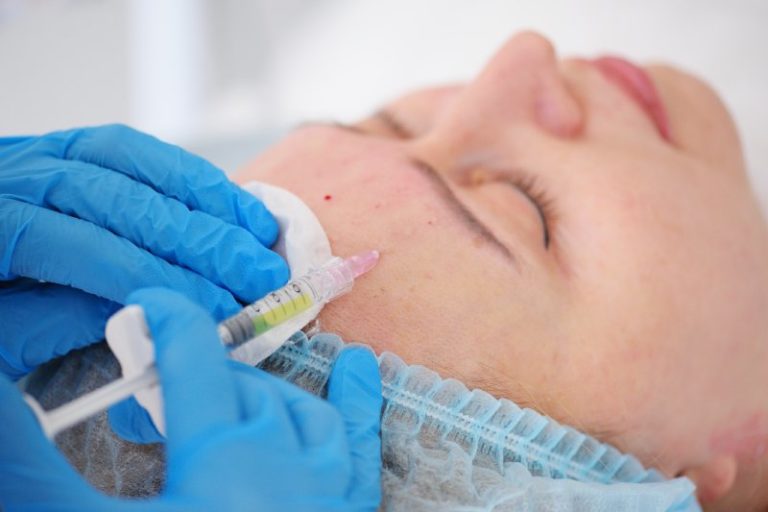Medical Chemical Peel
What is a Medical Chemical Peel?
A medical chemical peel is an advanced dermatological treatment that uses controlled chemical solutions to exfoliate and remove damaged outer layers of the skin, promoting cell regeneration and revealing smoother, more even, and rejuvenated skin.
Depending on its depth —superficial, medium, or deep— this treatment can effectively address fine lines, age spots, acne scars, and sun damage.
By stimulating collagen production and improving texture and tone, a medical peel enhances both the health and appearance of the skin, offering visible, long-lasting, and safe results when performed by trained professionals.
Benefits of a Medical Chemical Peel
Improves skin texture: Smooths and refines the surface for an even, softer complexion.
Reduces wrinkles and fine lines: Minimizes signs of aging and revitalizes facial appearance.
Treats pigmentation and dark spots: Effectively reduces sunspots, melasma, and other discolorations.
Diminishes acne scars: Reduces the appearance of acne marks and irregularities.
Stimulates collagen production: Promotes firmer, more elastic skin.
Repairs sun damage: Helps restore and heal sun-exposed skin.
Enhances radiance: Provides a fresh, luminous, and rejuvenated glow.
Long-lasting results: Results can be maintained with proper skincare and periodic treatments.
Personalized treatment: Suitable for various skin types and aesthetic concerns.
How is a Medical Peel Performed?
At Cliniq, the medical peel is performed with precision and a personalized approach to ensure optimal results.
The process begins with a comprehensive consultation to assess the patient’s skin condition and determine the most suitable type and formulation.
On the day of treatment, the skin is cleansed and prepped before applying the selected chemical solution, which exfoliates the outer layers.
Depending on the peel’s depth —superficial, medium, or deep— patients may experience a mild warm or tingling sensation, closely monitored by the specialist.
After the appropriate exposure time, the peel is neutralized and removed, followed by a soothing and hydrating cream to support regeneration.
The session typically lasts 30 to 60 minutes, and patients receive detailed aftercare instructions to enhance recovery and maintain long-term benefits.
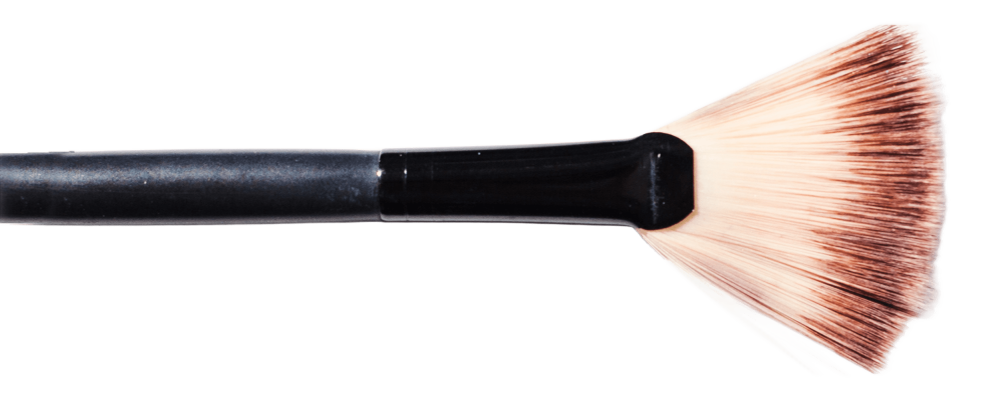
Results you can
reach and enjoy
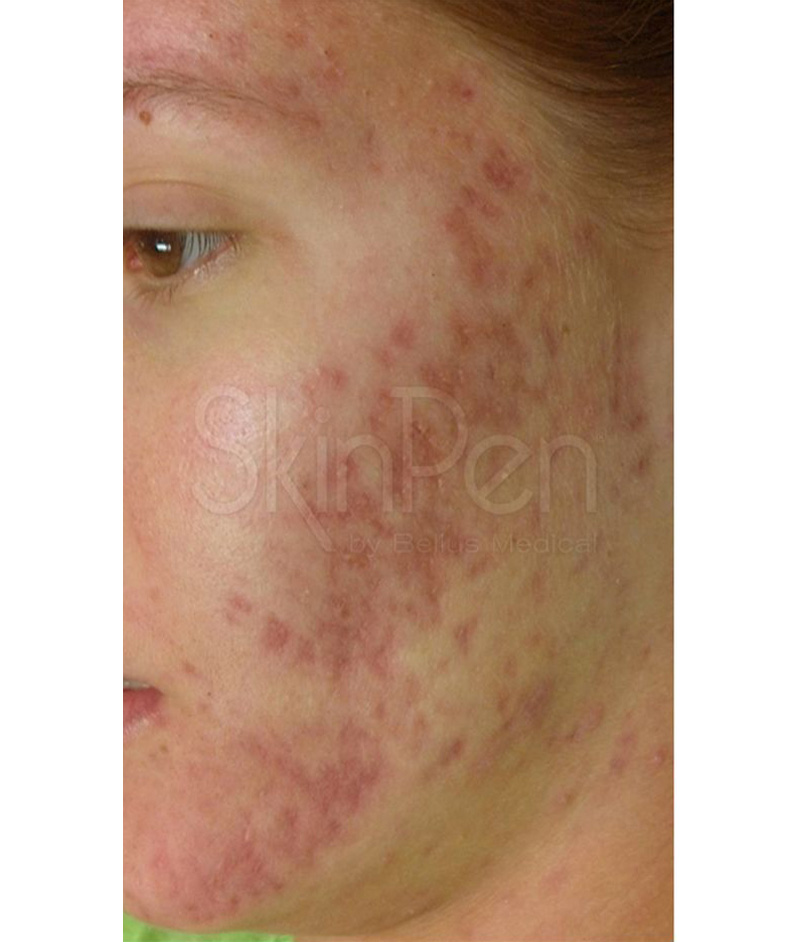
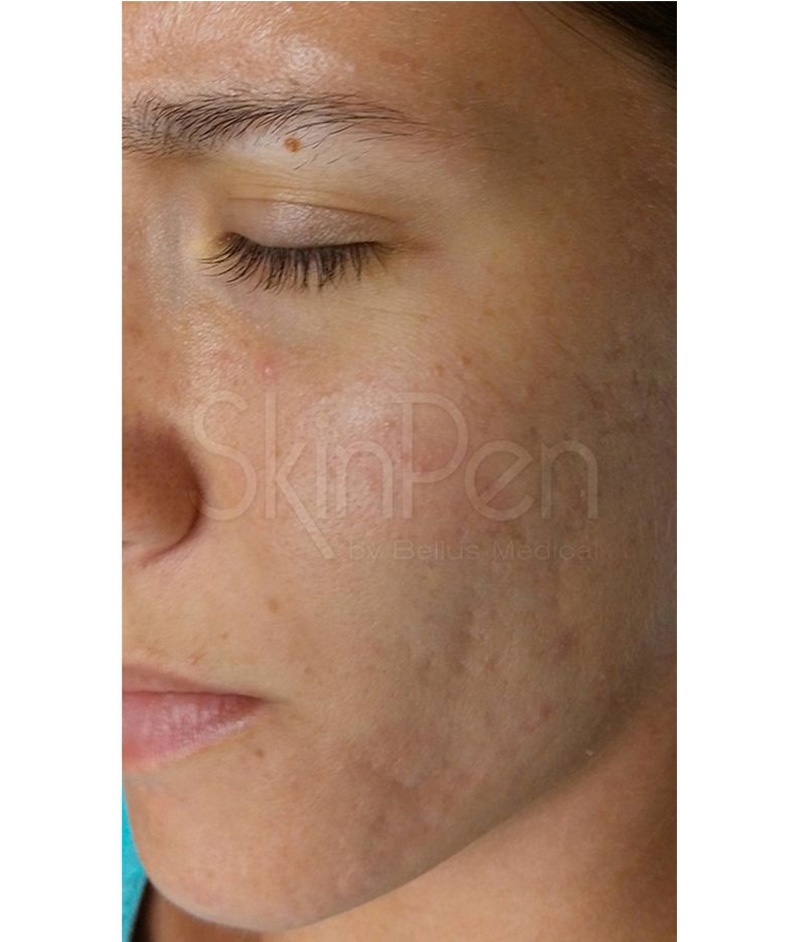
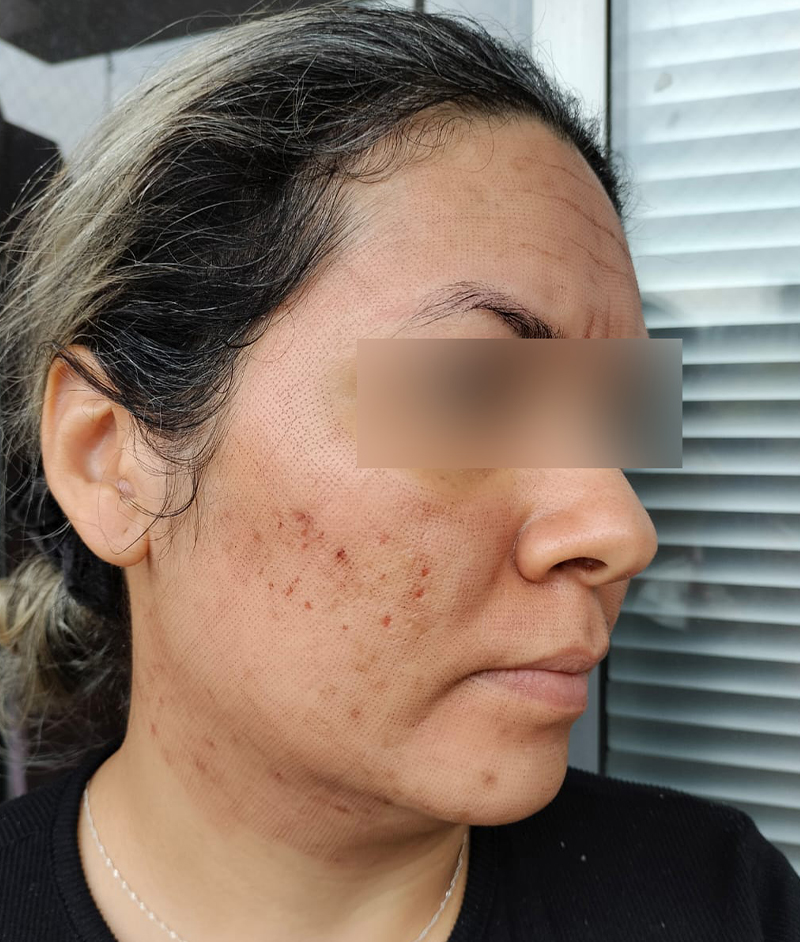
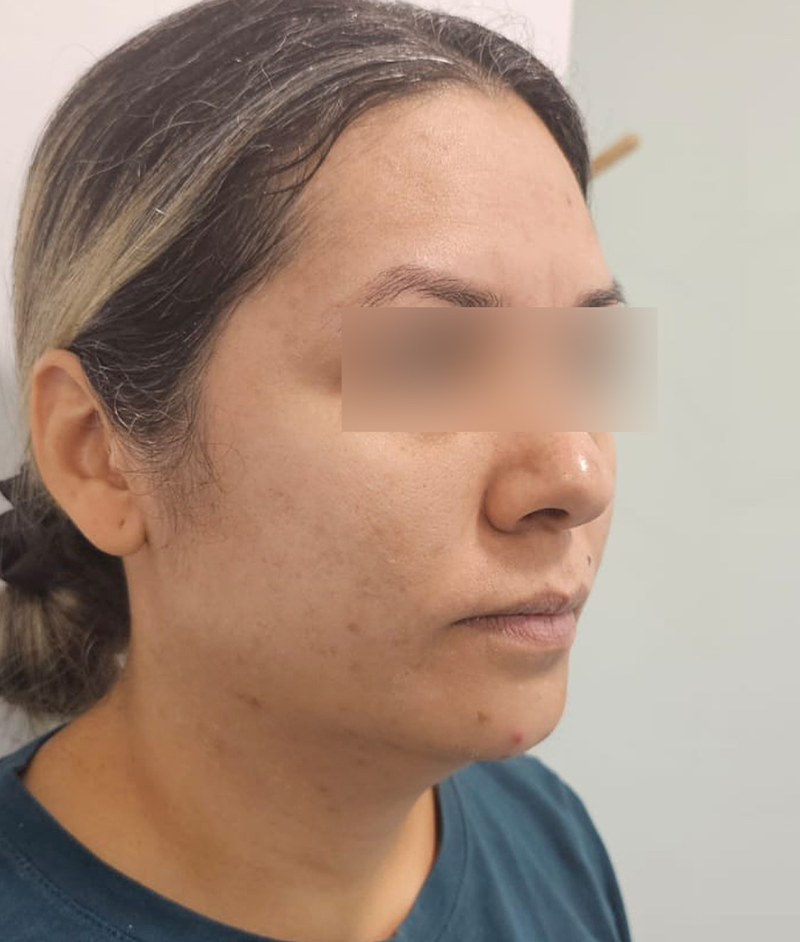
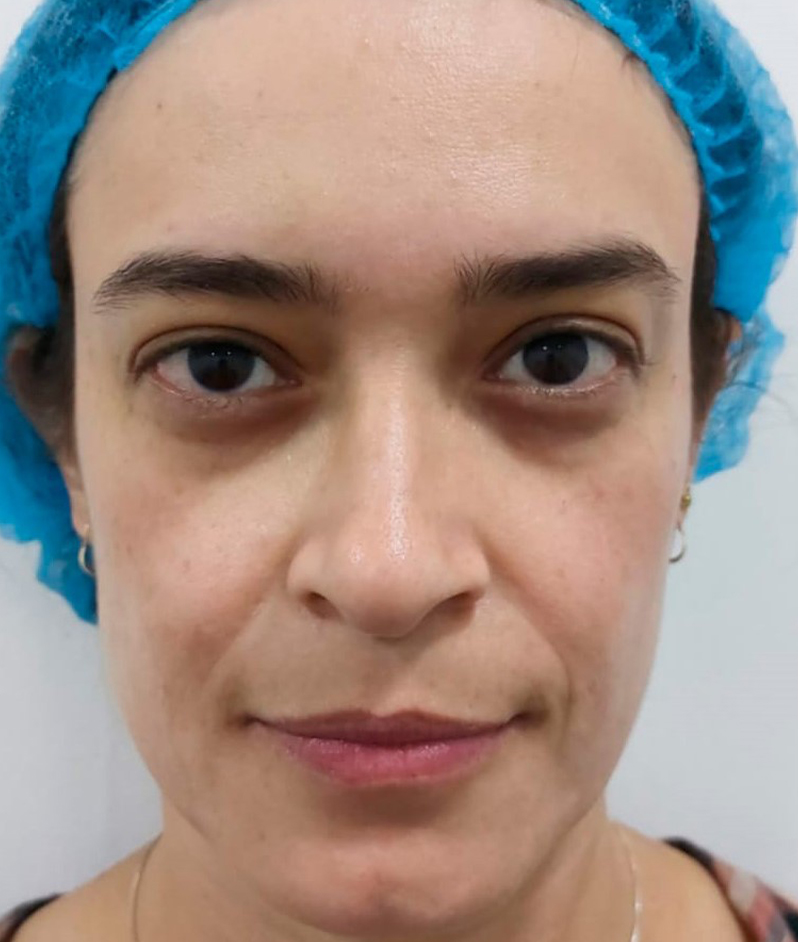
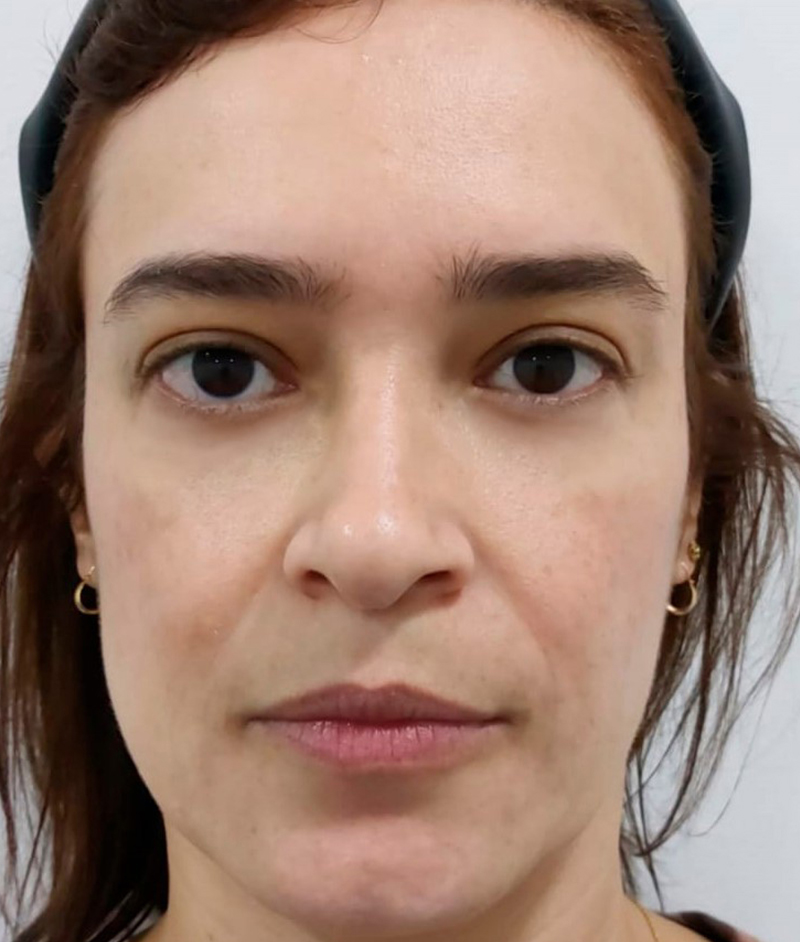
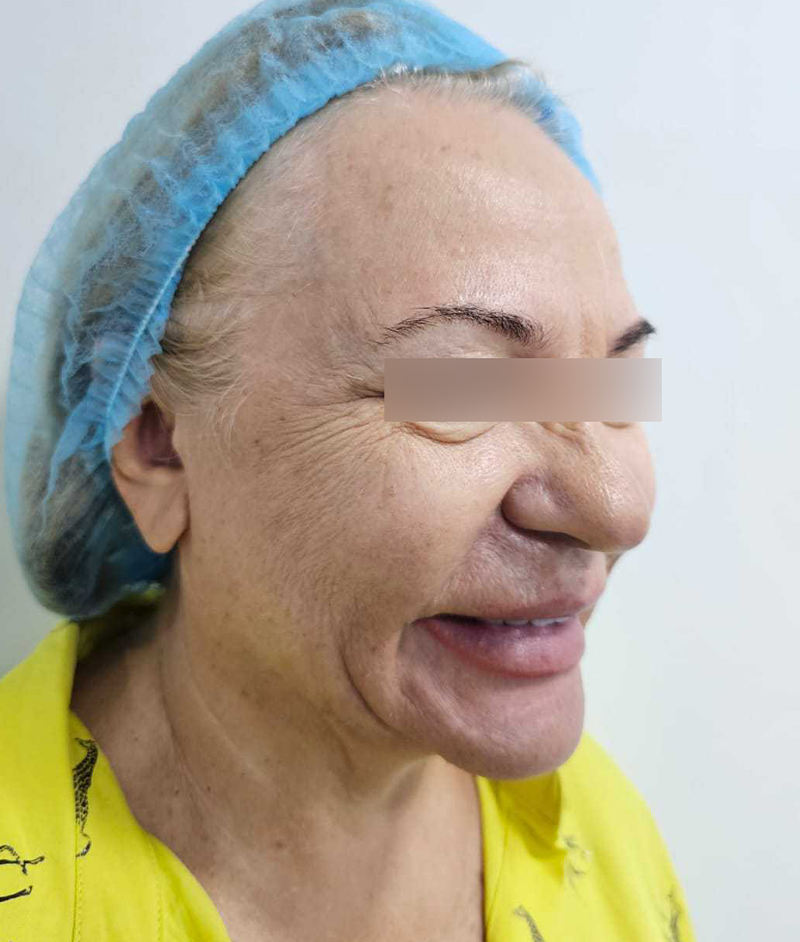
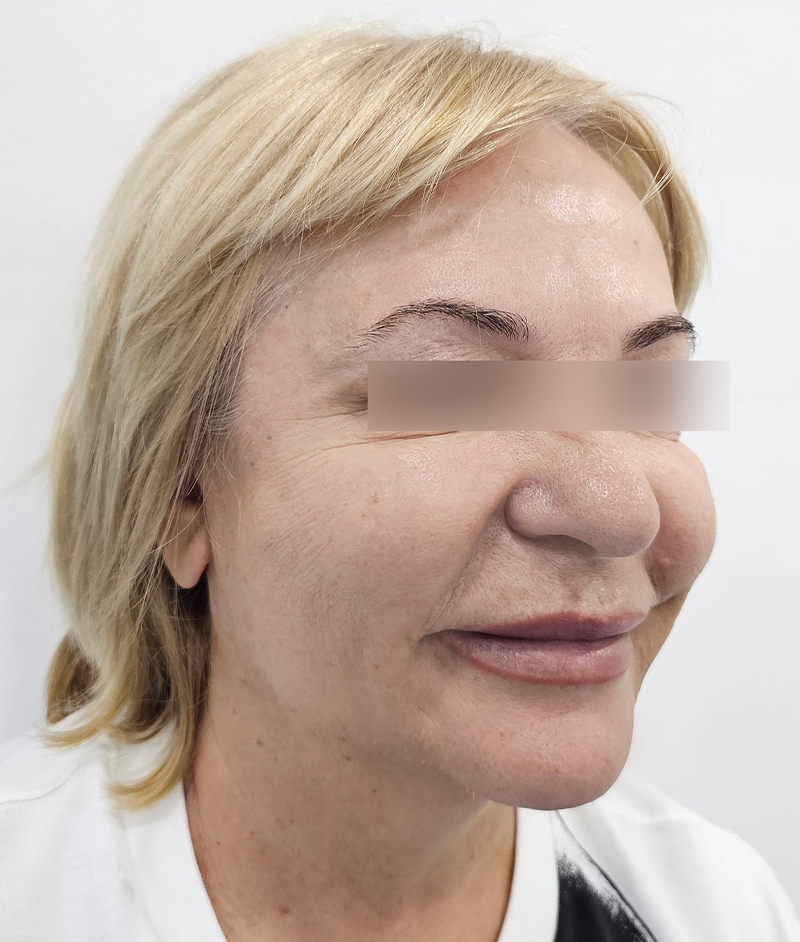
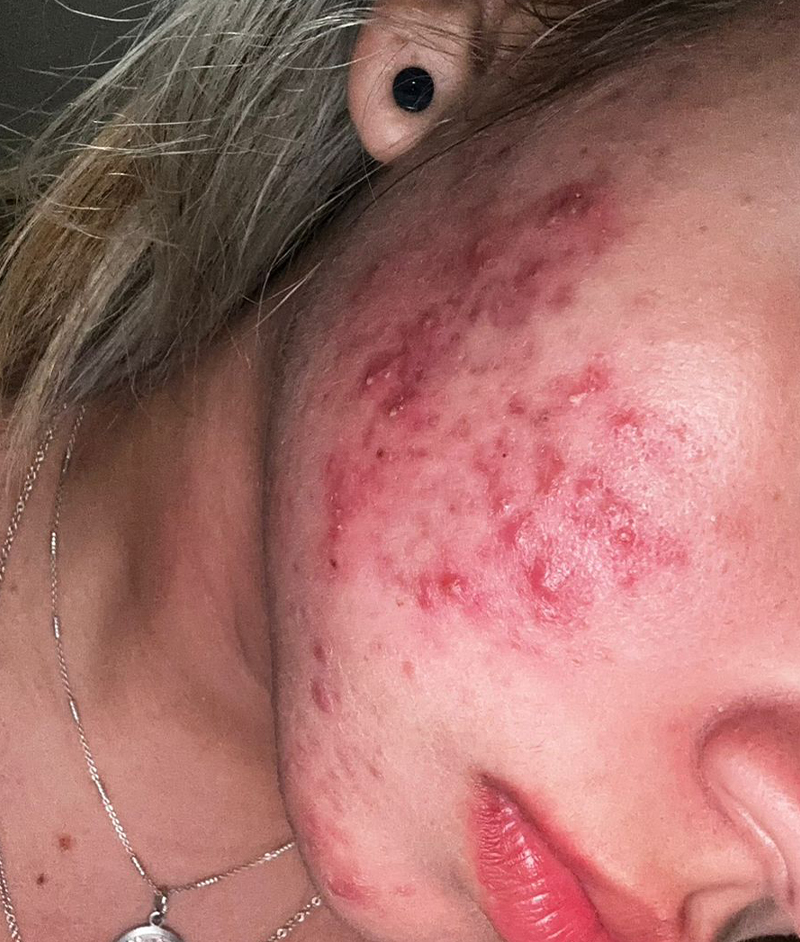
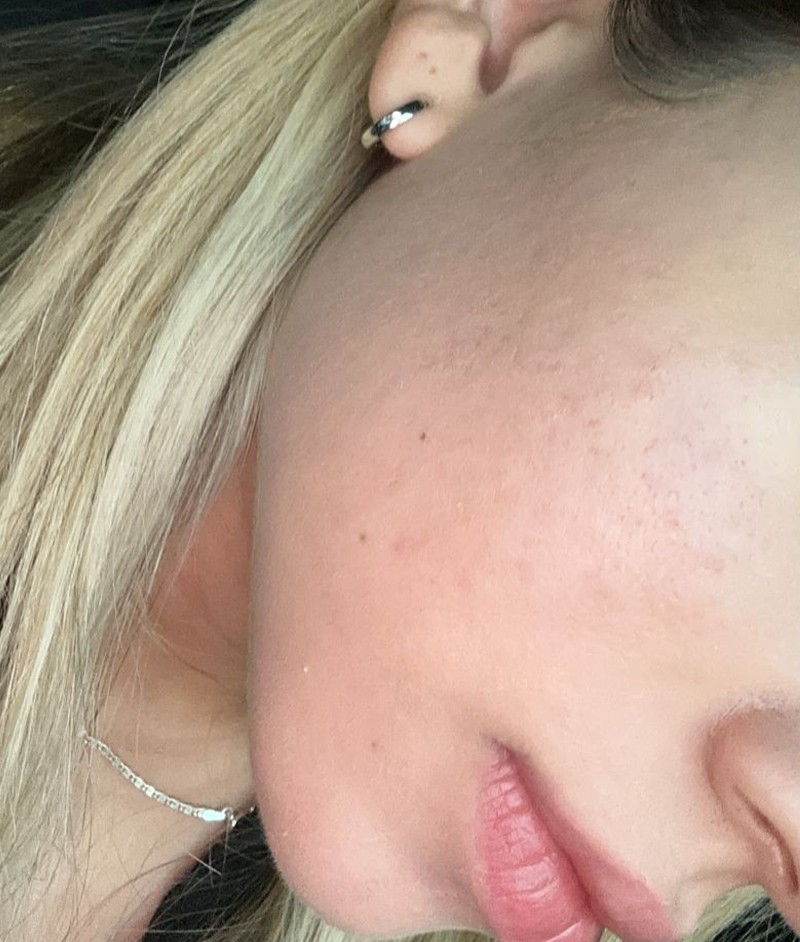
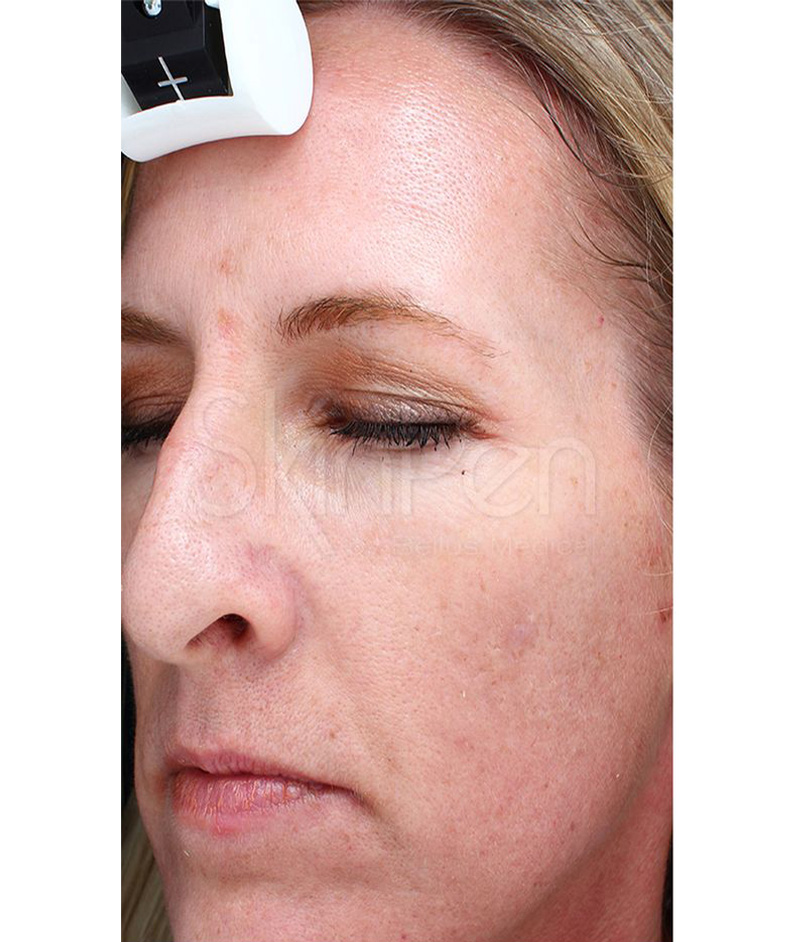
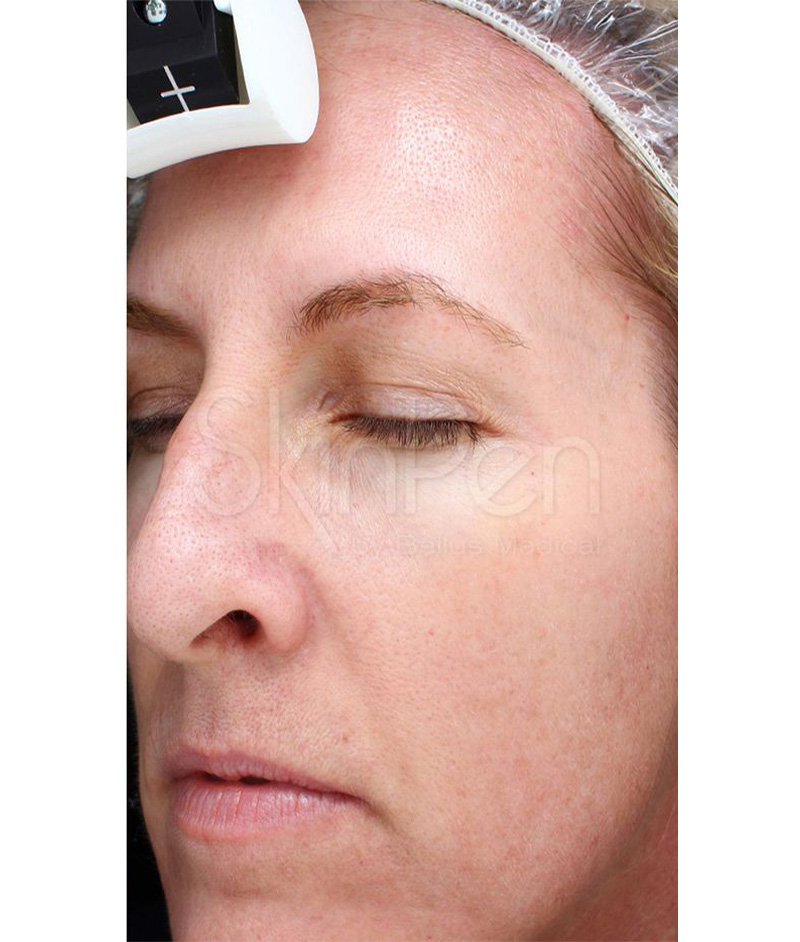
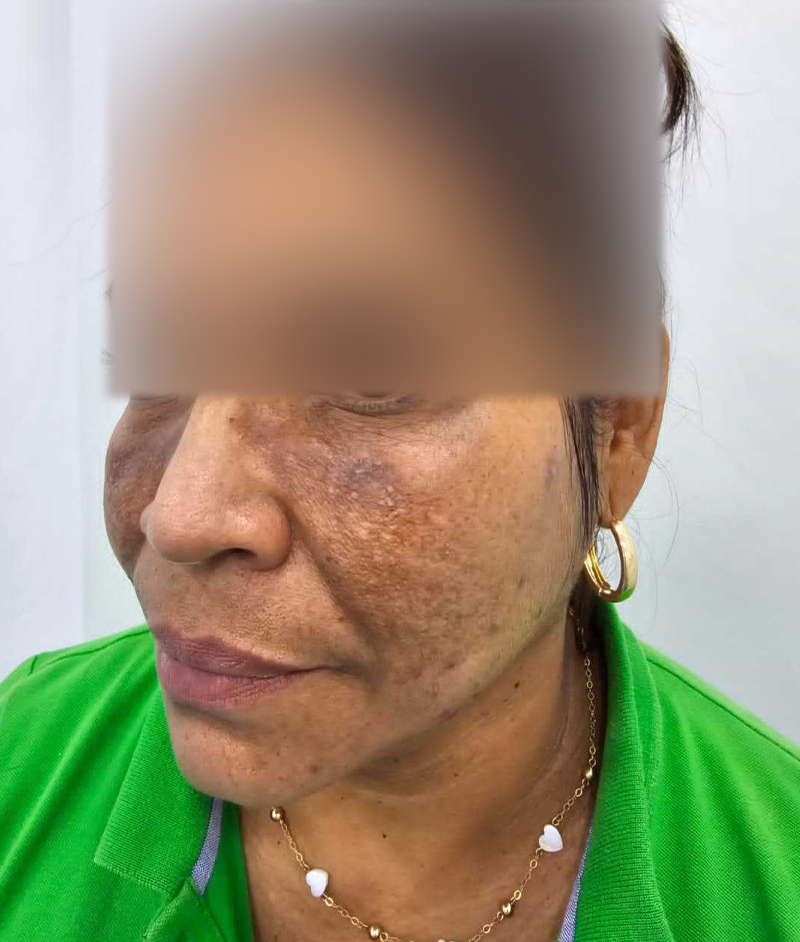
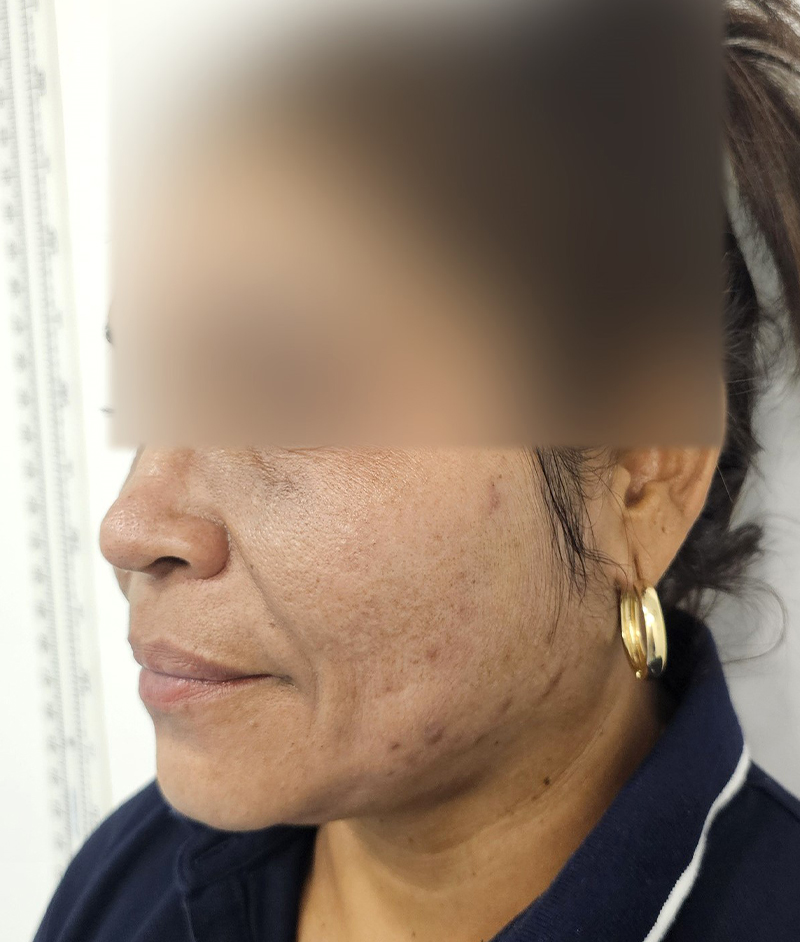
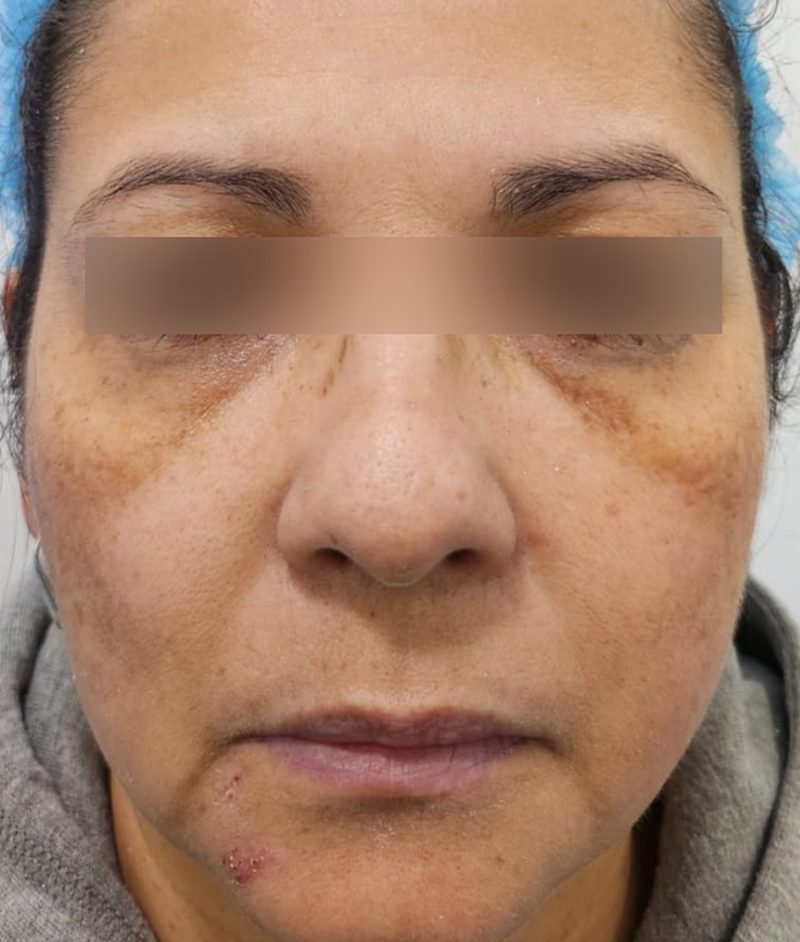
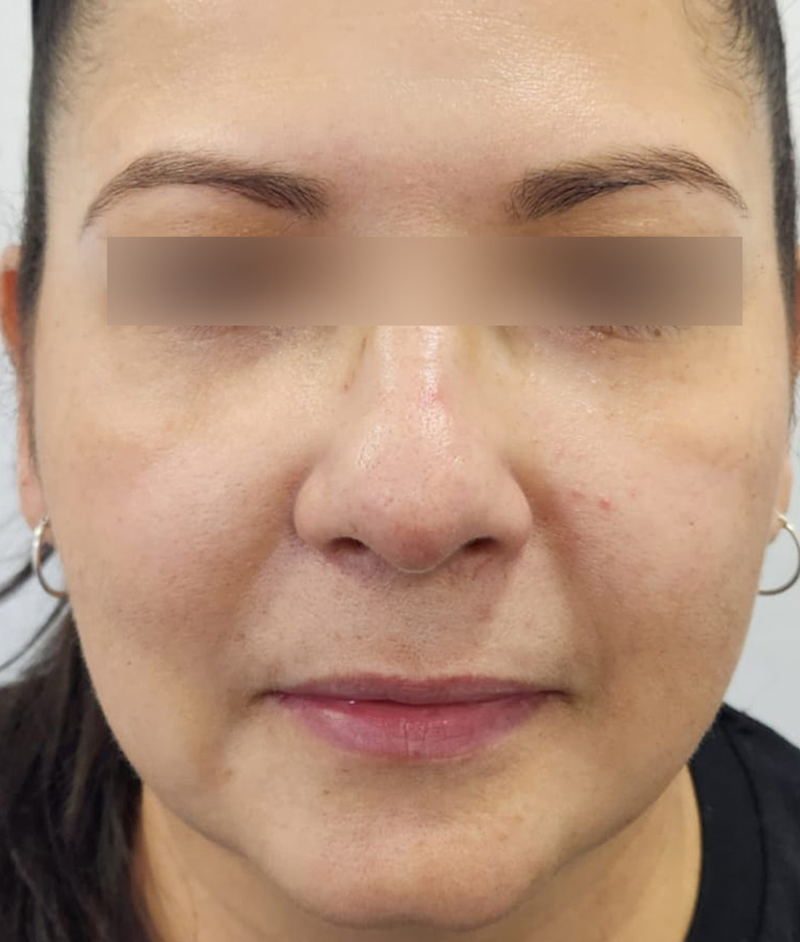
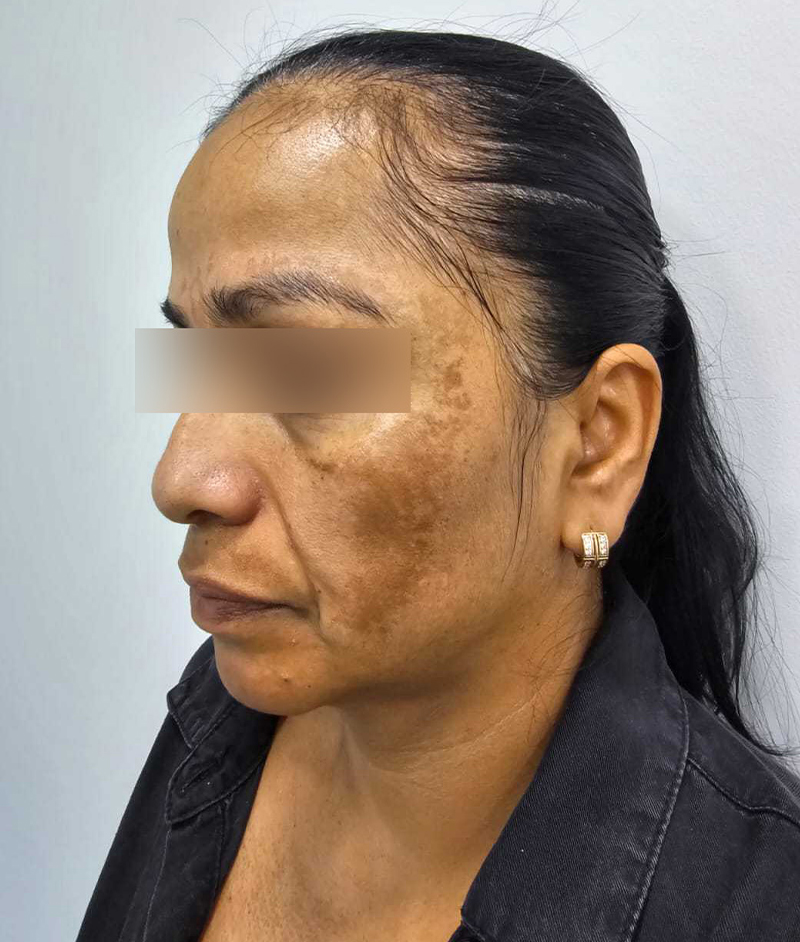
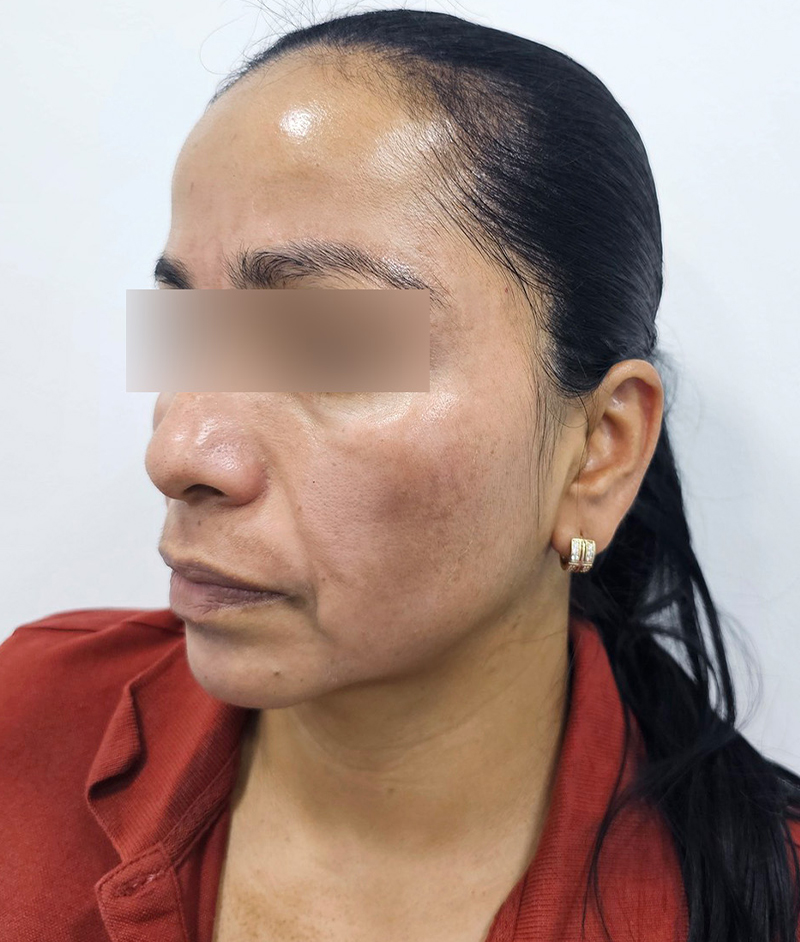
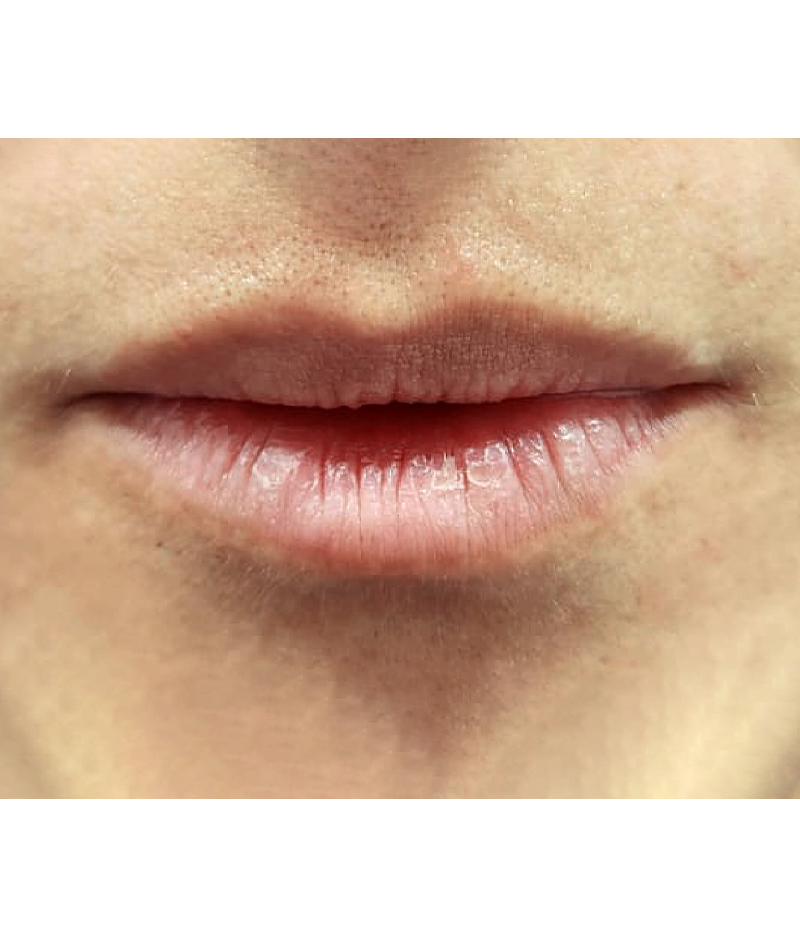
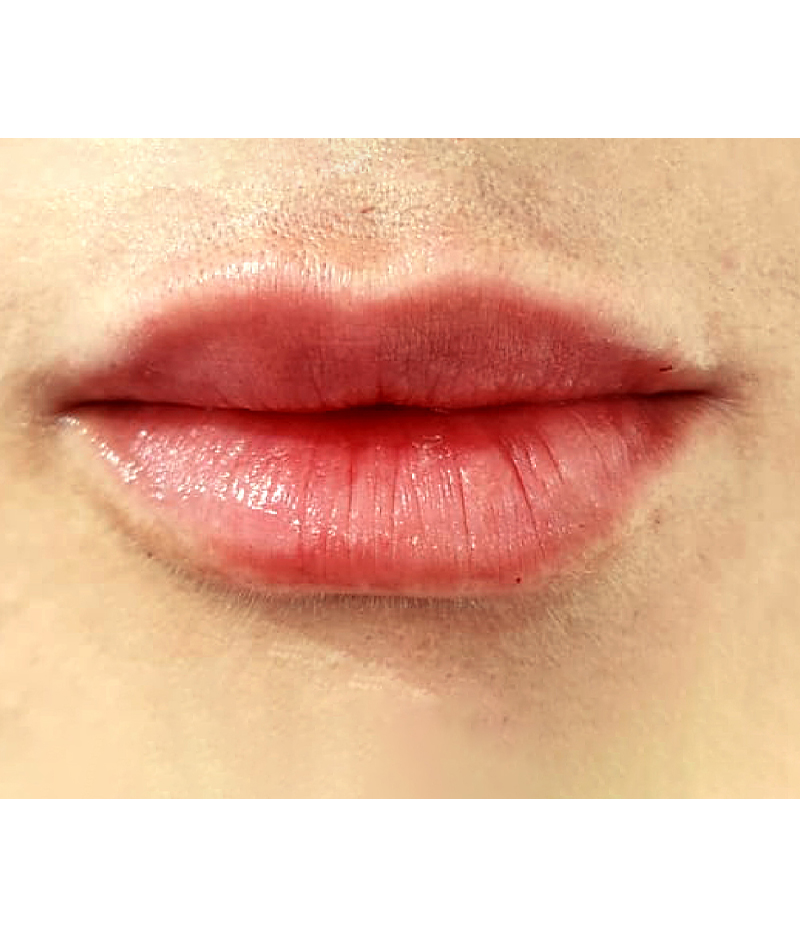
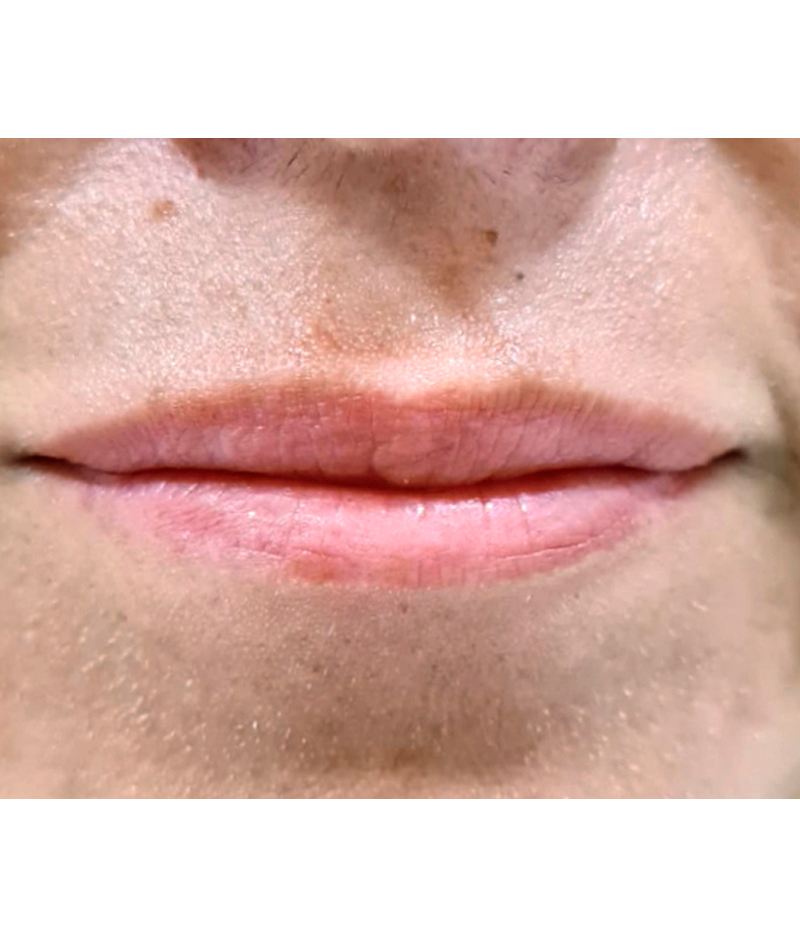
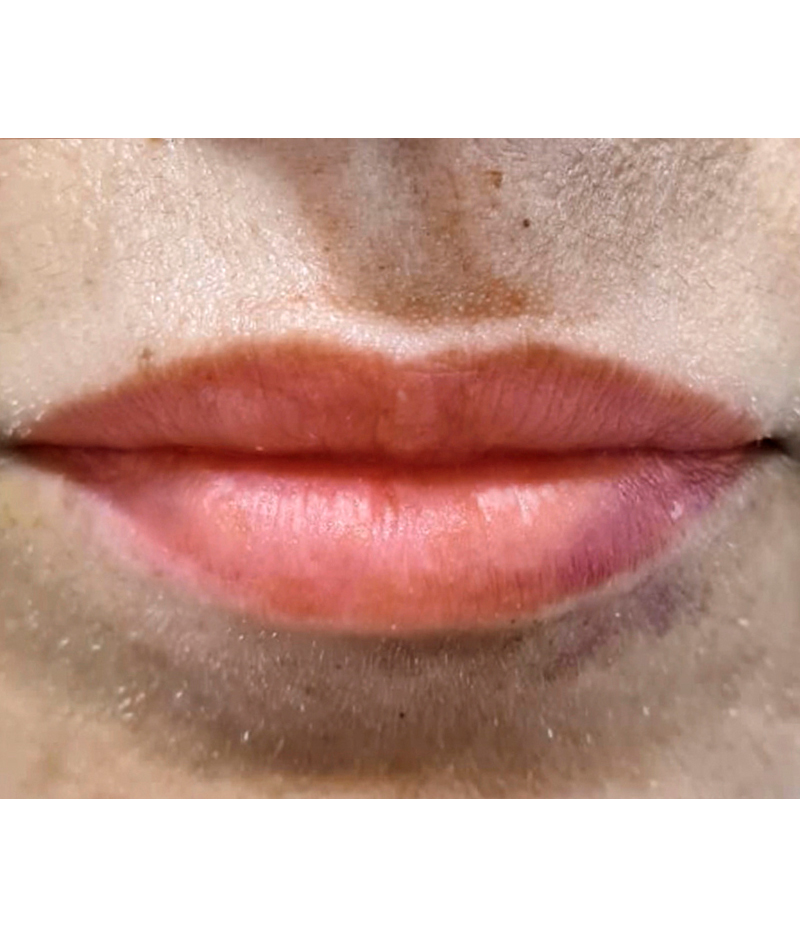
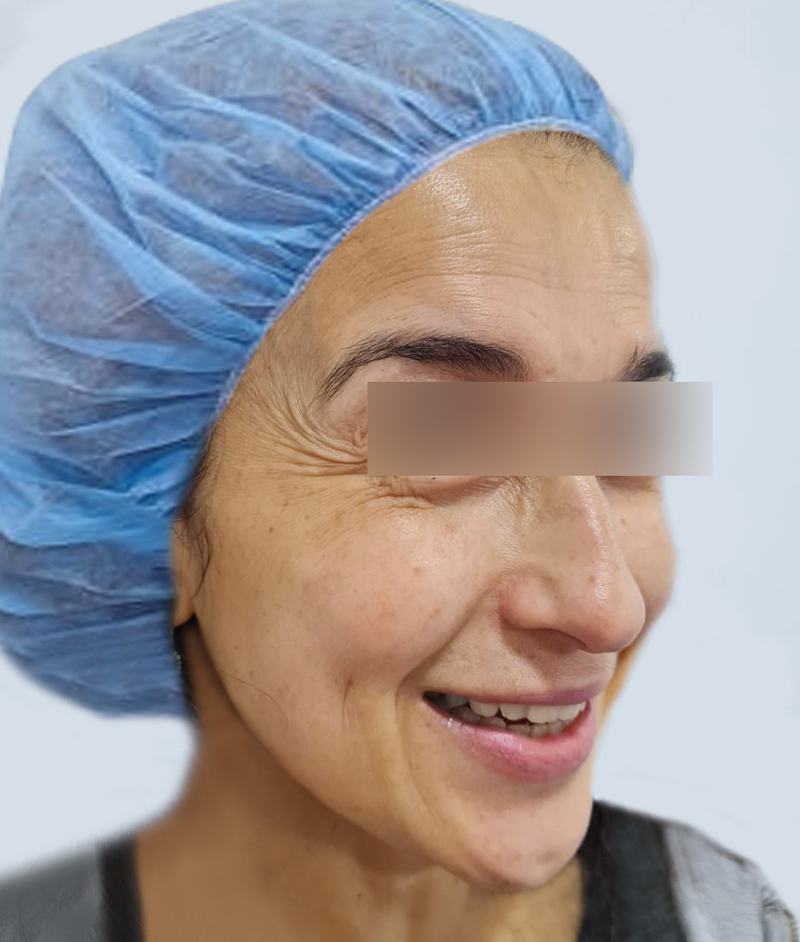
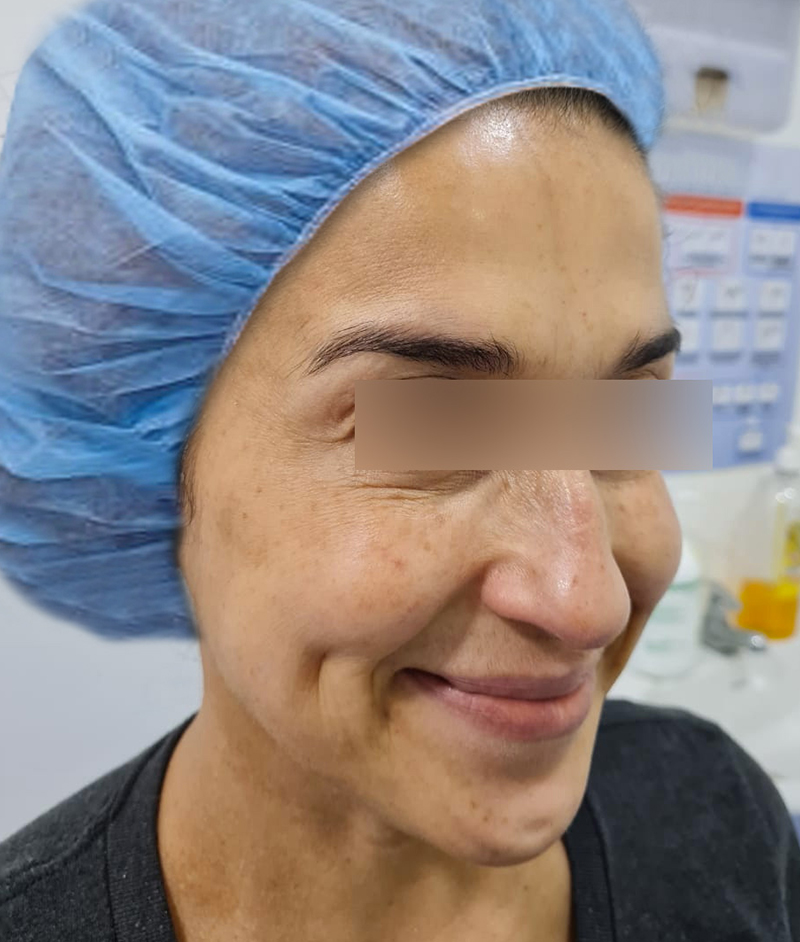
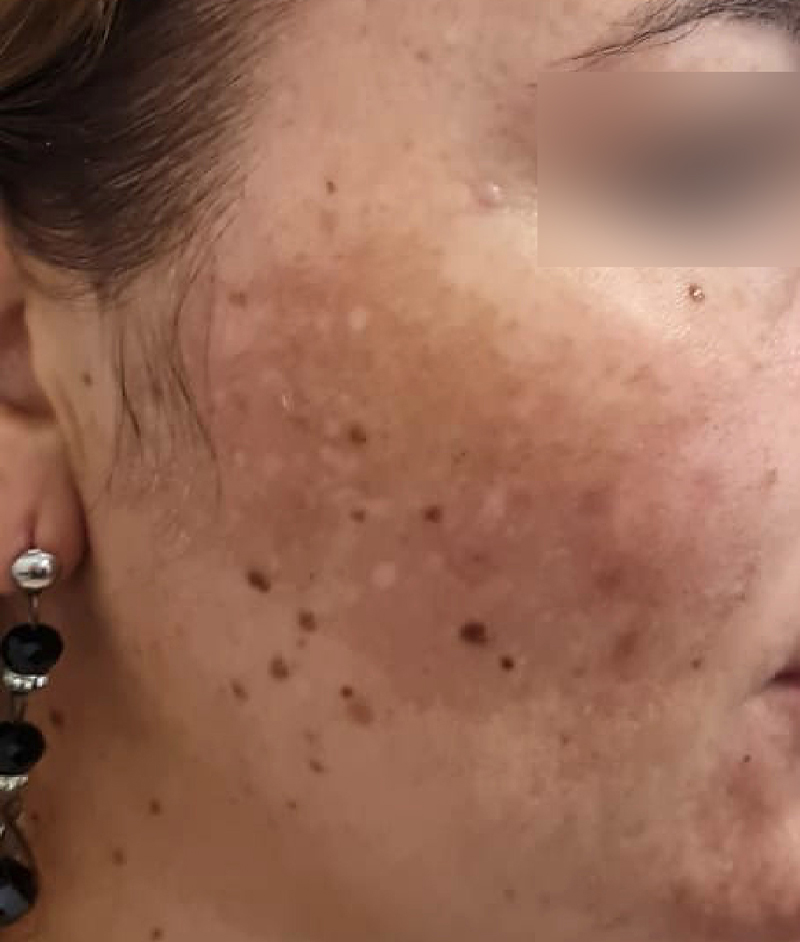
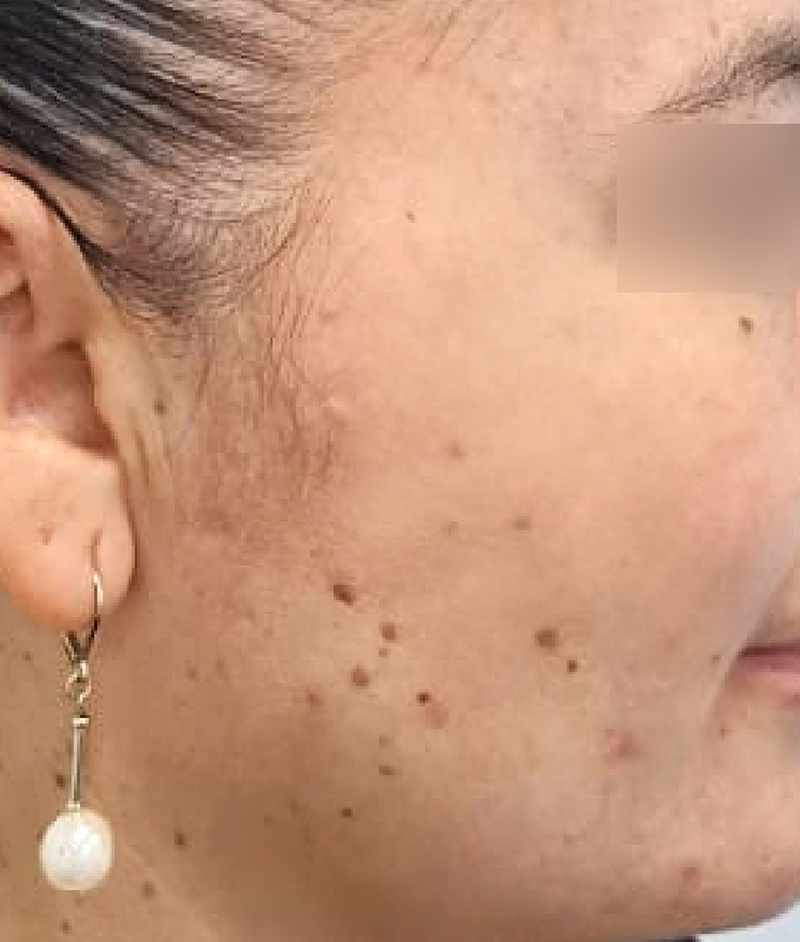
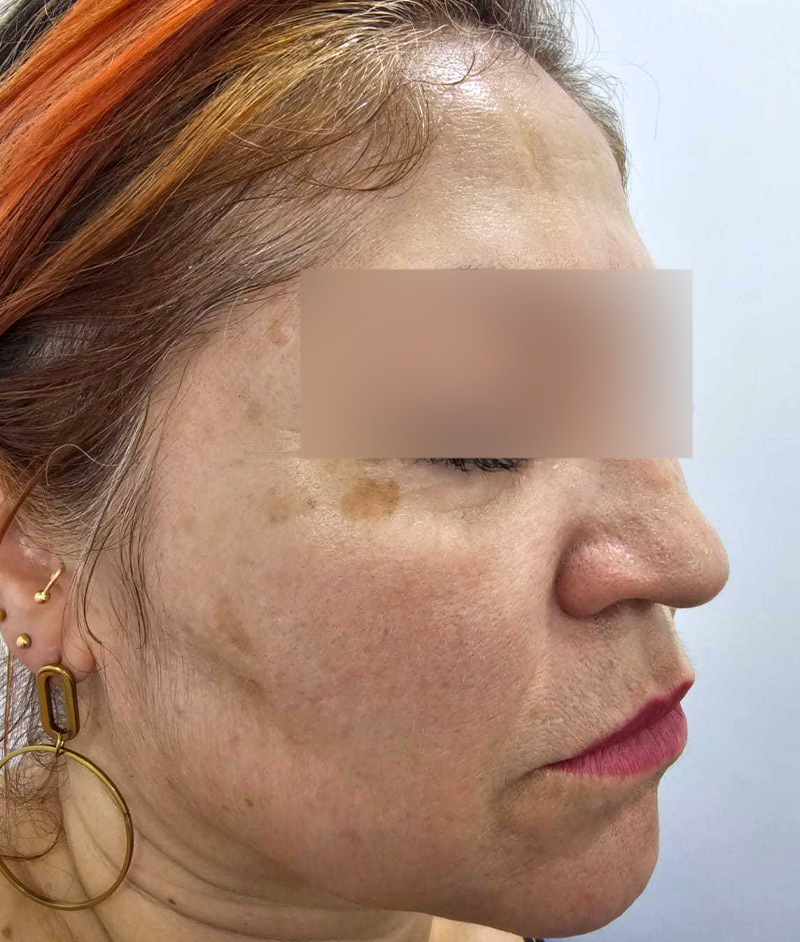
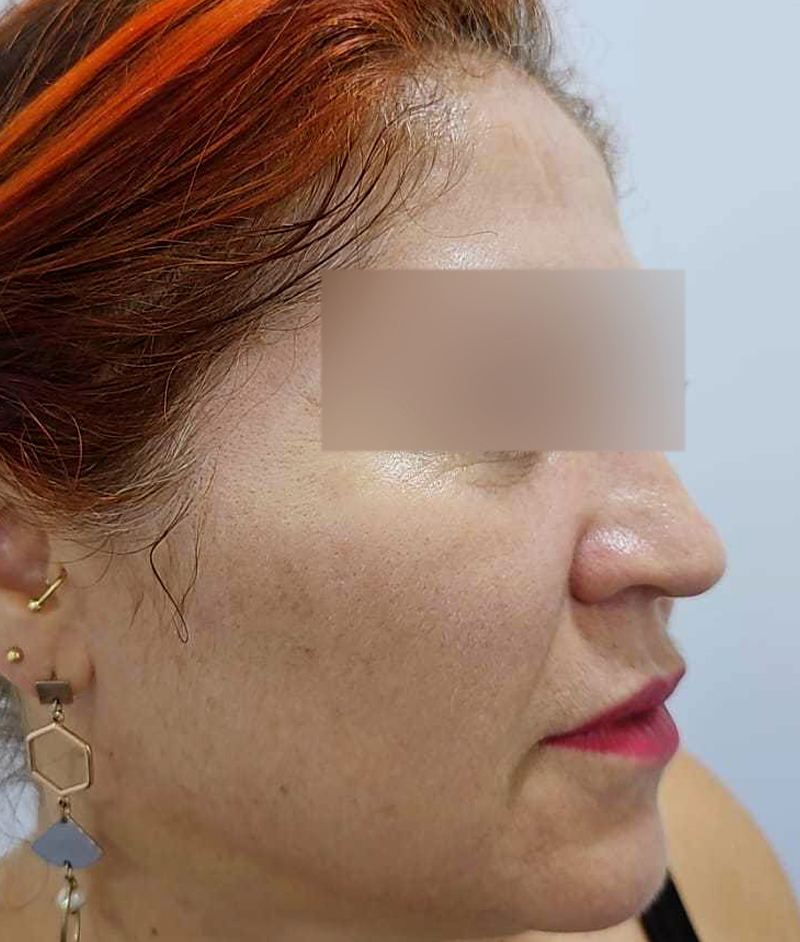
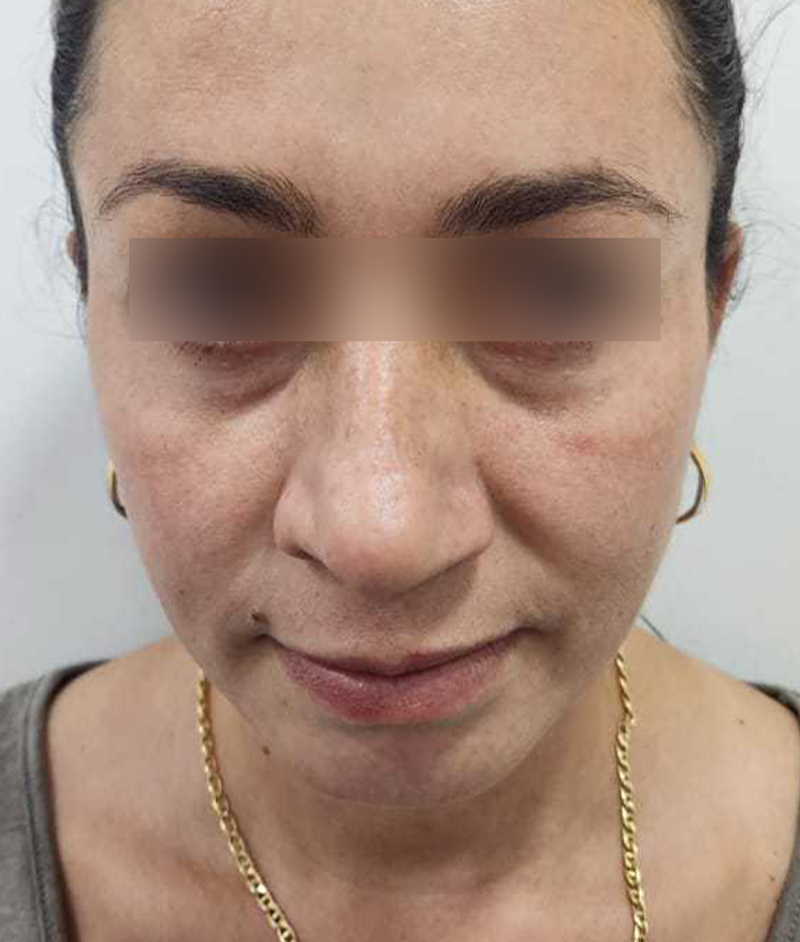
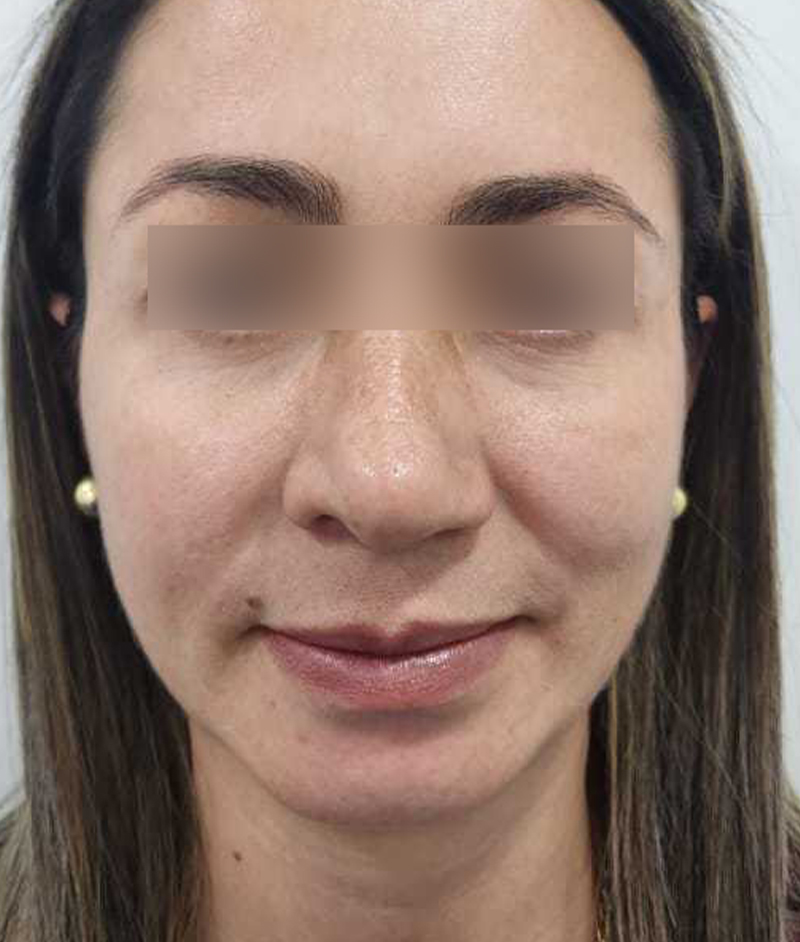
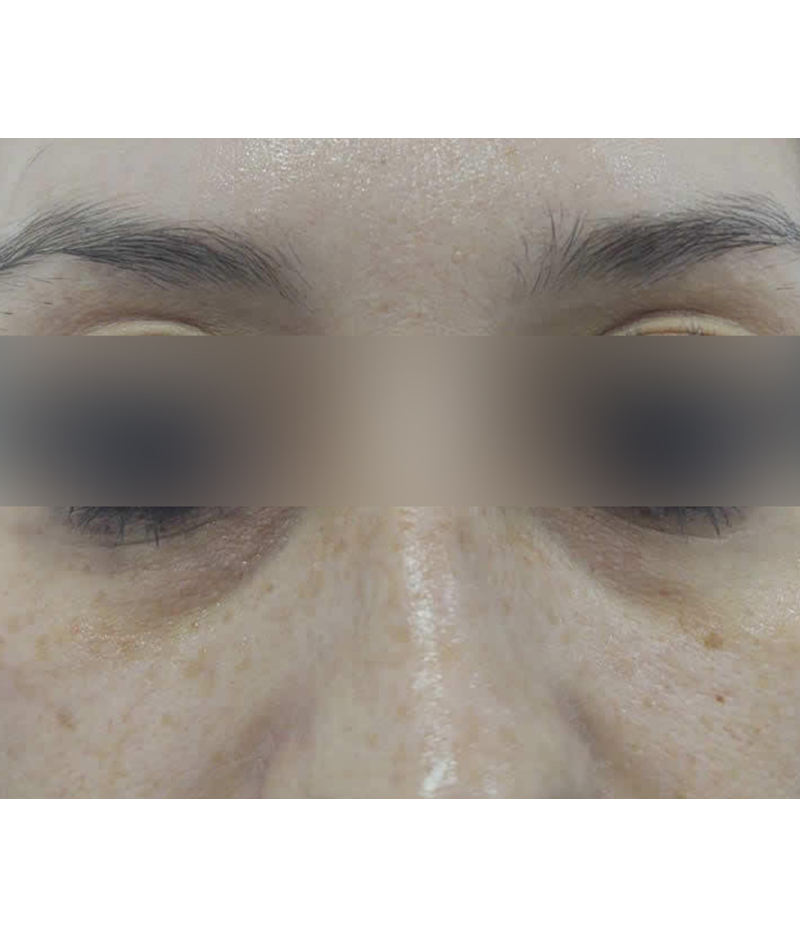
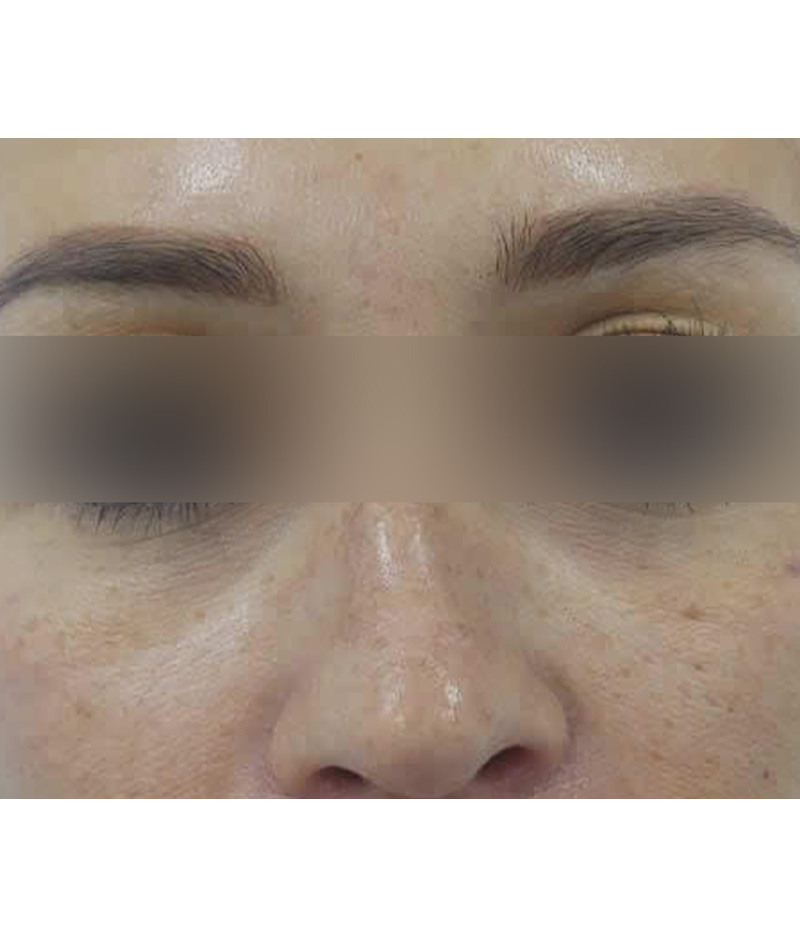
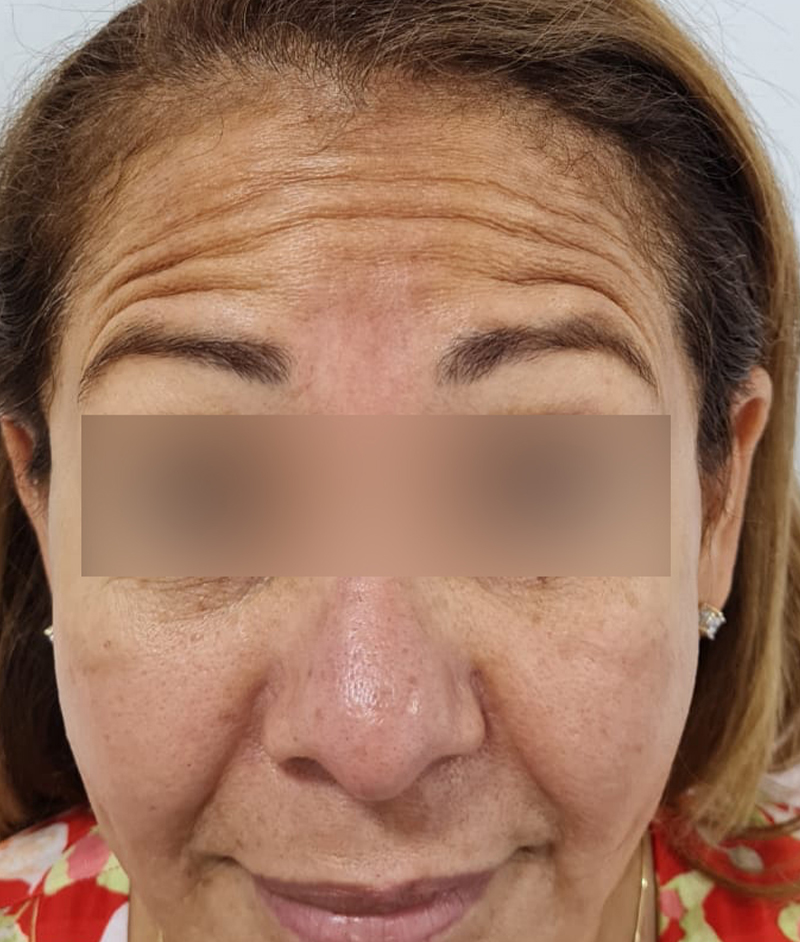
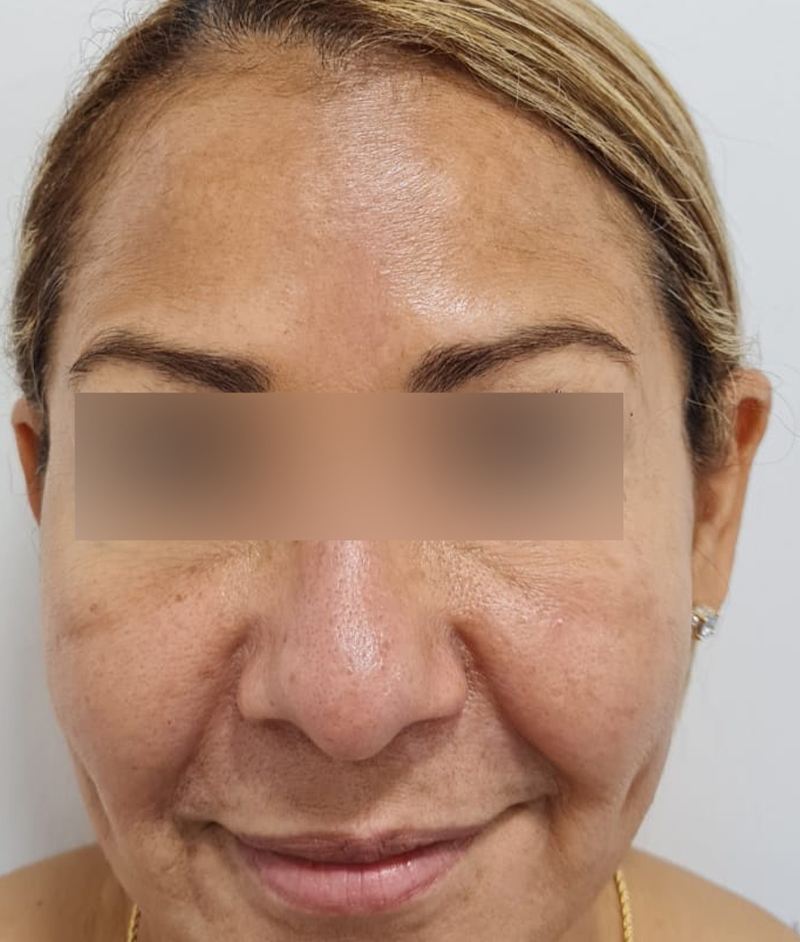
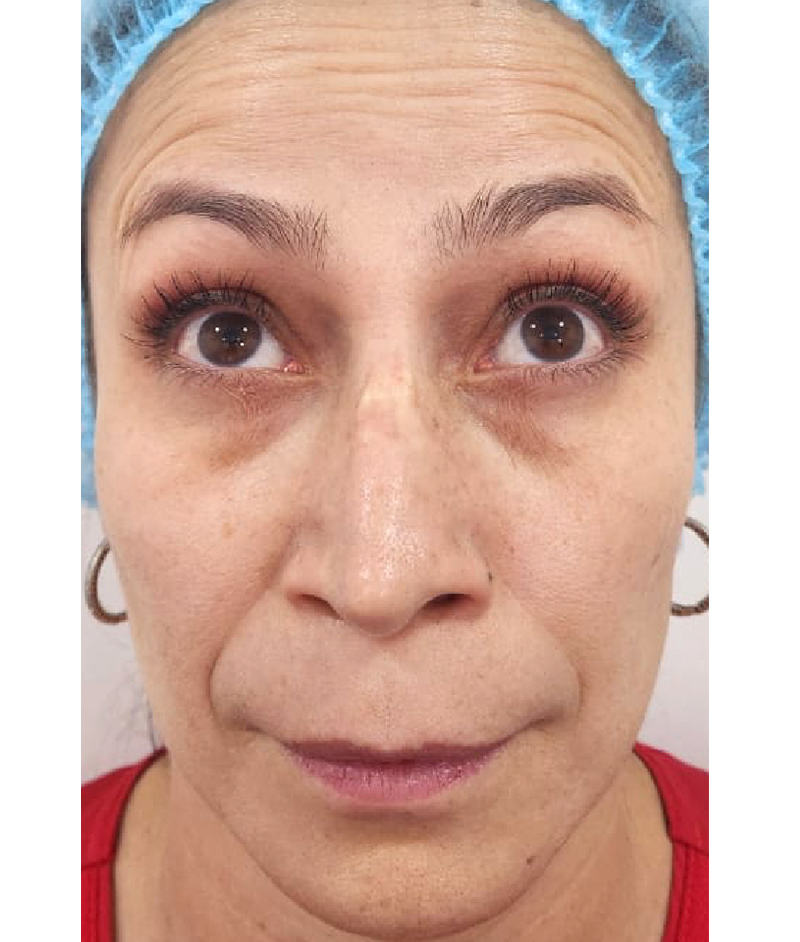
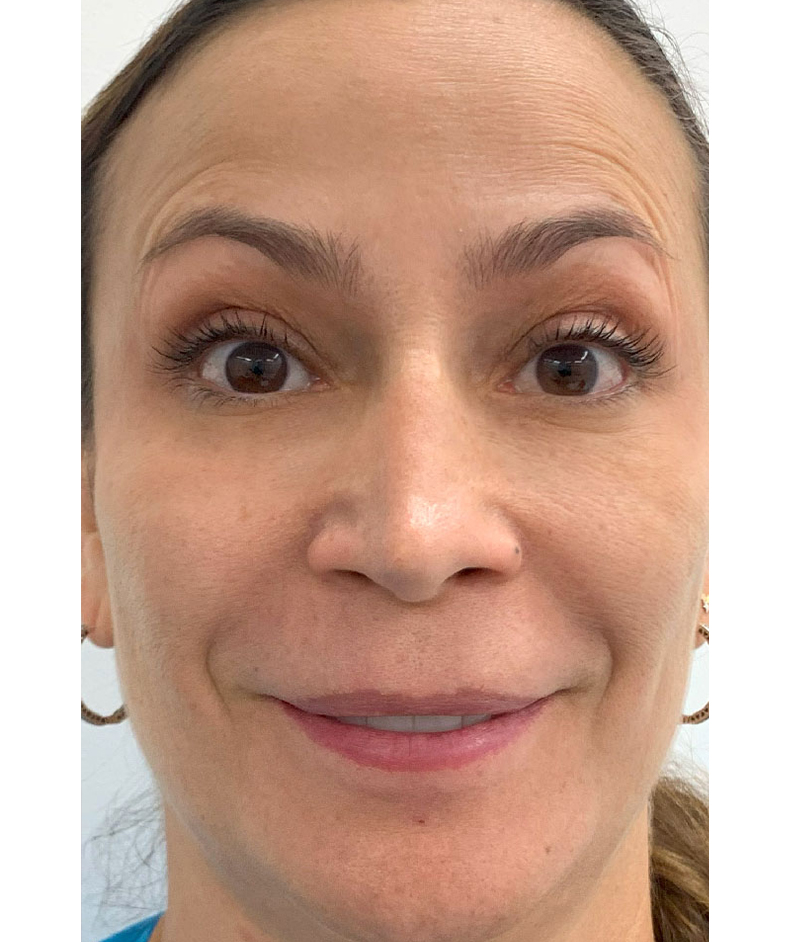
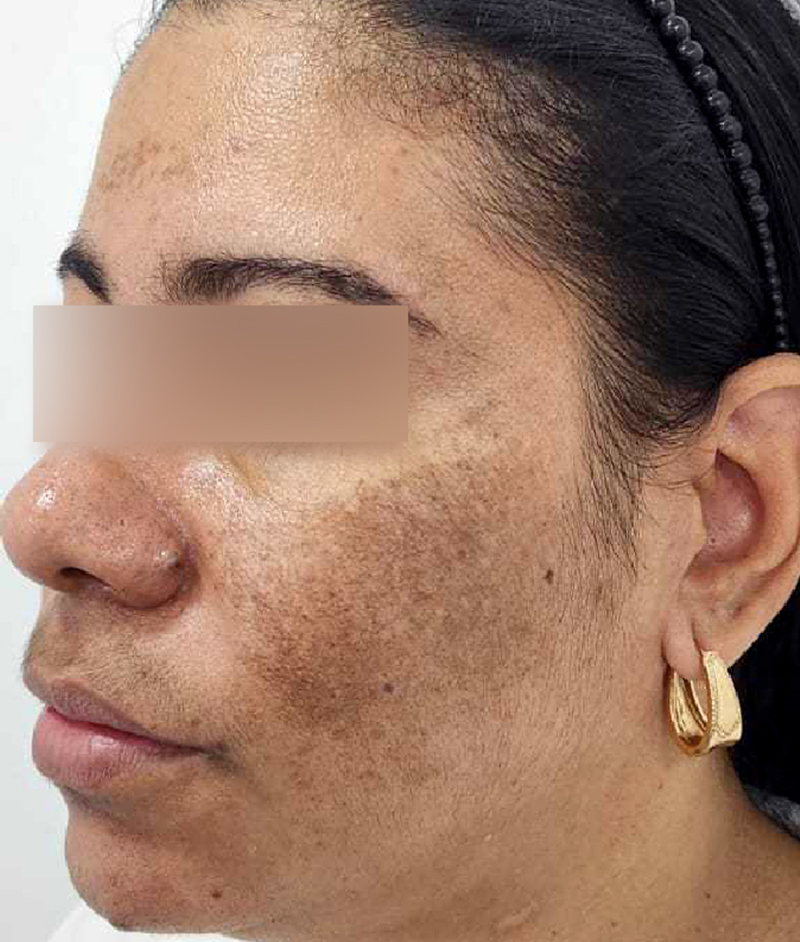
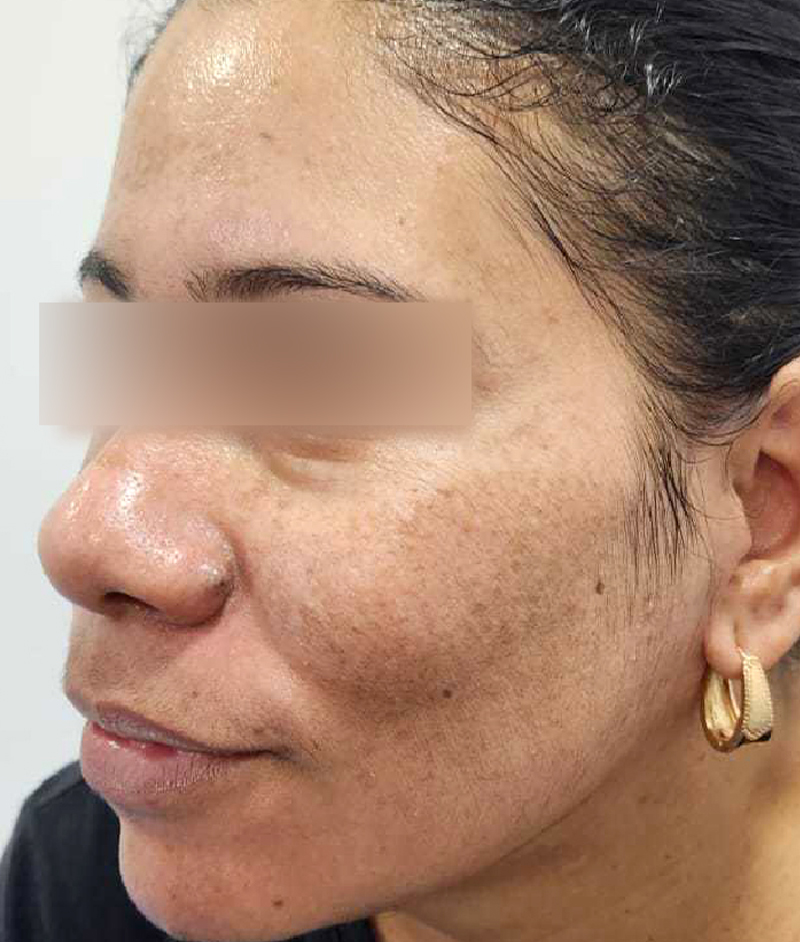
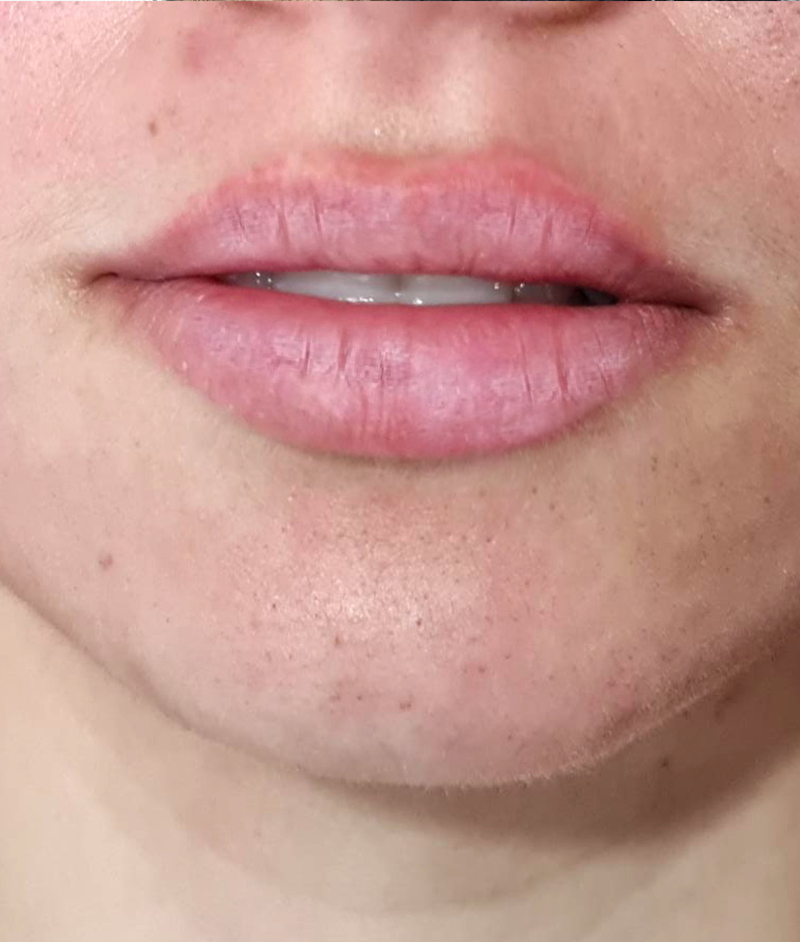
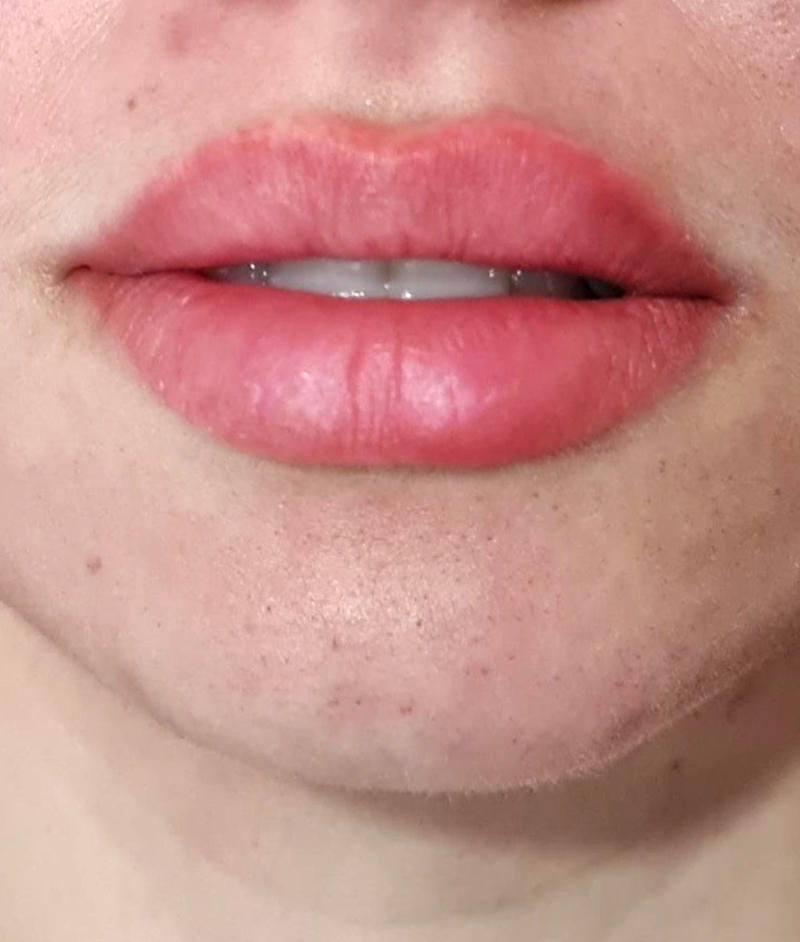
Learn more
The type of anesthesia used during a medical peel at Cliniq depends on the depth of the peel:
Superficial peel: Generally, no anesthesia is required. The procedure is well tolerated by most patients, though a mild tingling or burning sensation may occur.
Medium peel: A topical numbing cream may be applied to the skin about 30 minutes before the procedure to minimize discomfort.
Deep peel: In the case of deep peels, local anesthesia may be necessary to ensure patient comfort during the procedure.
The specialist at Cliniq will evaluate each patient’s specific needs and select the most appropriate type of anesthesia to ensure a comfortable and safe experience.
Recovery after a medical peel at Cliniq varies depending on the depth of the peel performed.
- For superficial peels, recovery is quick, with mild redness and flaking that resolve within a few days.
- For medium peels, redness and noticeable peeling can last about a week.
- For deep peels require a longer recovery period, with swelling, redness, and scabbing that may last a couple of weeks.
During the recovery period, it is crucial to follow post-treatment instructions, including avoiding sun exposure, keeping the skin hydrated, and applying soothing creams and broad-spectrum sunscreen. Results become visible as the skin regenerates, revealing a smoother, more even, and rejuvenated appearance.
A medical peel causes minimal and temporary downtime, depending on the depth of the peel.
- For superficial peels, downtime is nearly nonexistent—patients can resume daily activities immediately, although mild redness and flaking may appear for a few days.
- For medium peels may require several recovery days, during which patients might prefer to avoid social or work activities due to more noticeable redness and peeling.
- For deep peels can cause more significant downtime, with swelling, redness, and scabbing lasting one to two weeks. During this time, it is recommended to avoid intense physical activity and public exposure. In all cases, it is essential to follow the specialist’s recommendations for safe and proper healing.
Post-treatment care after a medical peel is essential to ensure proper recovery and optimize results:
Avoid sun exposure: Protect the skin from direct sunlight for at least two weeks and use a broad-spectrum sunscreen with high SPF.
Hydration: Keep the skin well hydrated using creams or lotions recommended by the specialist to support regeneration.
Avoid irritating products: Refrain from using products containing retinoids, exfoliating acids, or other potentially irritating ingredients for at least one week.
Do not touch or scratch: Avoid touching, scratching, or rubbing treated areas to prevent infection and ensure proper healing.
Avoid extreme heat: Do not use saunas, hot baths, or expose yourself to intense heat for at least one week.
Avoid intense physical activity: Refrain from vigorous exercise or activities that cause excessive sweating during the first few days.
Apply soothing creams: Use the calming and regenerative creams recommended by the specialist to reduce irritation and promote healing.
Follow medical instructions: Adhere to all specific post-care instructions and attend any scheduled follow-up appointments.
Monitor skin progress: Stay alert for any unusual reactions and contact your doctor if you experience unexpected or concerning side effects.

